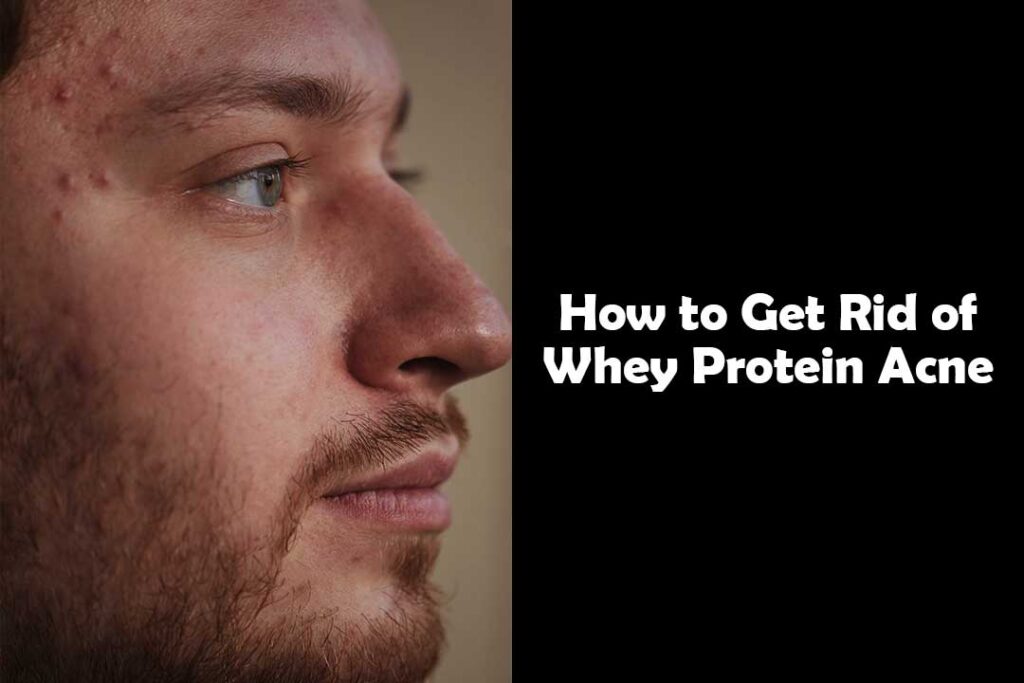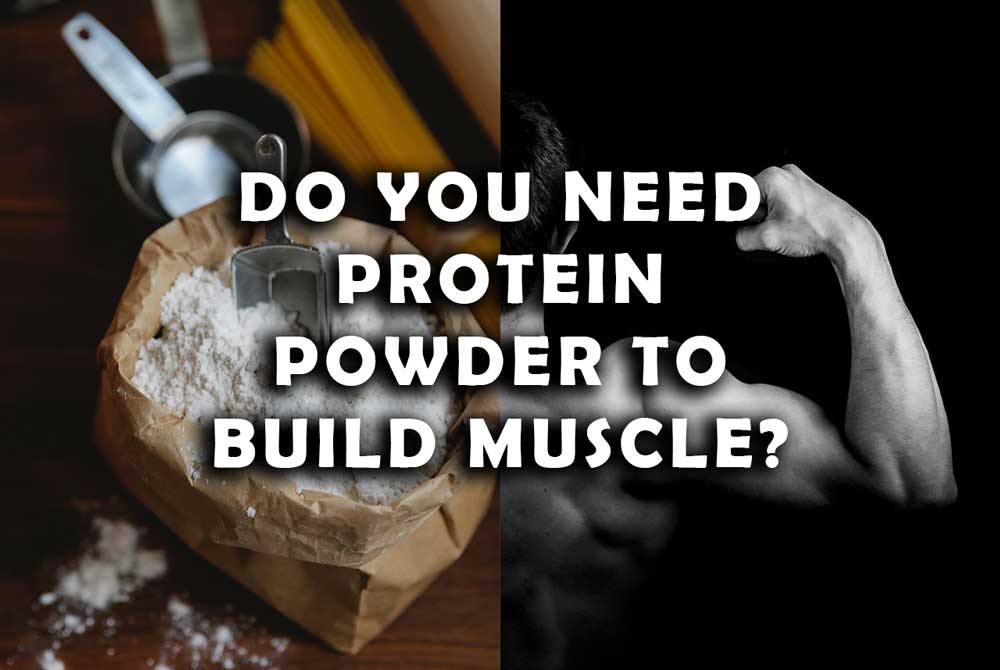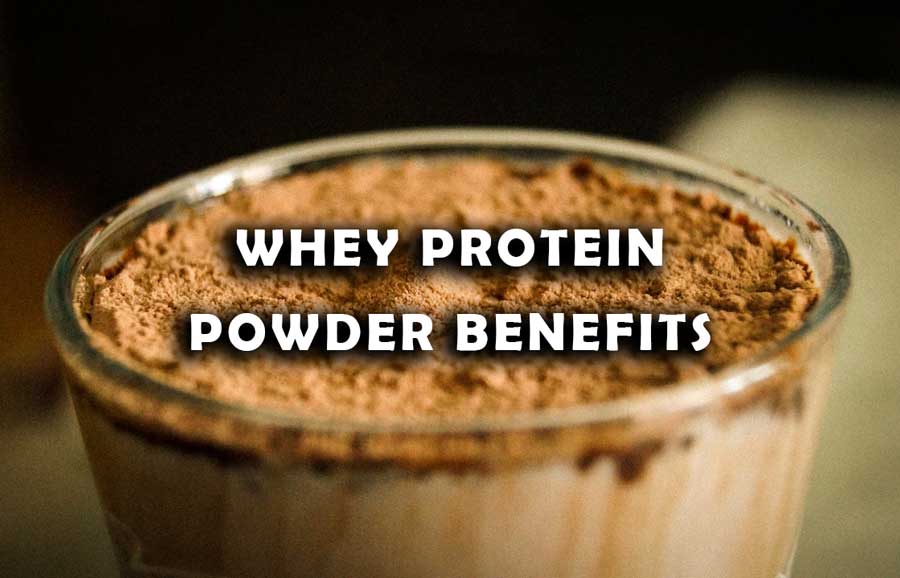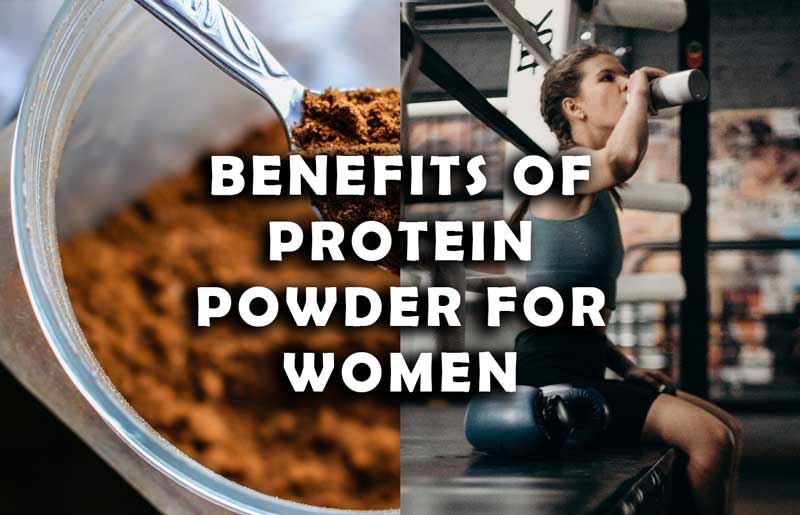Whey protein is a popular supplement among bodybuilders and fitness enthusiasts. It is considered one of the best protein to build muscles. However, with many of its benefits, it might not suit everyone. Some people report suffering from whey protein acne, which can be a frustrating and persistent problem.
In this article, we’ll explore the causes of whey protein acne and what you can do to get rid of it.
What is Whey Protein Acne?
Whey protein acne is a type of acne that is caused by consuming whey protein supplements. This type of acne is characterized by small, red pimples that appear around the jawline, neck, and cheekbones. They can also appear in other parts of the body, like back etc.
What Causes Whey Protein Acne?

Whey protein is a dairy product. It is a by-produced of milk. It is believed that hormones present in cow’s milk can cause inflammation in body or acne.
There are other several factors that can contribute to whey protein acne, including:
Hormonal Imbalances: Consuming high levels of whey protein can lead to an increase in testosterone levels. This can cause hormonal imbalances and trigger acne.
Insulin Spike: Whey protein, if taken in high levels, can cause a spike in insulin levels. Which can lead to increased oil production and inflammation, leading to acne.
Allergic Reactions: Some people may be allergic to the ingredients in whey protein supplements, leading to skin breakouts and acne.
Poor Digestion: People with weak digestion may not be able to properly digest the whey protein, leading to the formation of acne.
Overconsumption: Consuming too much whey protein can overload the liver, leading to a build-up of toxins in the body, which can cause acne.
How to Get Rid of whey Protein acne:
After you are aware of what is causing whey protein acne, you can take action accordingly to reduce it. Here are some steps you can follow to get rid of whey protein acne:
Reduce Whey Protein Intake: Reduce your consumption of whey protein supplements to see if it has an impact on your acne. Also, you should understand how much protein powder you need to take as per your body requirements. Always try to take your proteins from your diets as much as possible, this way you will have lower risk of developing whey protein acne as well as your diet will be better.
Follow a Skin-care Routine: Just like any other cause of acne, while suffering from acne due to whey protein, you should follow a great skin care routine. Wash your face 2-3 times a day with a face cleanser.
Use Salicylic Acid: Use salicylic acid based face products. It is proven that salicylic acid helps in removing the oil causing acne from the skin.
Choose Quality Supplements: Look for high-quality whey protein supplements that contain fewer additives and artificial ingredients. And if you are allergic to whey, it is better to change your protein supplement.
Improve Digestion: Improve your digestion by eating a balanced diet and taking probiotics to help your body better absorb the whey protein.
Use a Gentle Cleanser: Use a gentle, non-comedogenic cleanser to wash your face twice a day. This helps remove excess oil and prevent clogged pores.
Other Protein Powders: Switch to other source of protein powders instead of whey. Example- pea, egg, casine etc.
Consult a Dermatologist: If your acne is severe or persistent, or if you are not able to cure your acne, it is better to consider consulting a dermatologist for personalized treatment recommendations.
How to Determine if Whey is Causing Your Acne:
Keep a Food and Symptom Diary: Keep a record of what you eat, including whey protein supplements, and track any changes in your skin. This can help you identify if whey protein is a trigger for your acne.
Eliminate Whey Protein: Eliminate whey protein from your diet for several weeks and see if your acne improves. If your acne clears up, it’s likely that whey protein was a contributing factor.
Reintroduce Whey Protein: After several weeks without whey protein, reintroduce it into your diet and see if your acne returns. If it does, you may need to find an alternative protein supplement or limit your intake of whey protein.
Consult a Dermatologist: If you’re unsure whether whey protein is causing your acne, consult a dermatologist for a professional evaluation. Your dermatologist can also perform a patch test to determine if you have an allergy to the ingredients in the whey protein supplement.
Monitor Hormonal Imbalances: Keep track of any changes in your hormone levels and monitor for hormonal imbalances that could be contributing to your acne.
Whey Protein Alternatives:

For those who are suffering from whey protein acne or are looking for alternative options, there are several other protein supplements available. Here are some popular whey protein alternatives:
Plant-Based Protein: Plant-based proteins such as pea protein, soy protein, and hemp protein are great alternatives. Especially for those who are lactose intolerant or have a dairy allergy. These proteins are also gentler on the digestive system and can help reduce the risk of skin breakouts. Plant-based protein powders have their own benefits over whey. They are easily available as well.
Egg White Protein: Egg white protein is a high-quality protein that is easy to digest. It is also free from hormones and antibiotics. It is also a good source of essential amino acids.
Casein Protein: Casein protein is a slow-digesting protein. This can be a good alternative for those who are looking for a sustained release of protein. It is also less likely to cause insulin spikes compared to whey protein.
Collagen Protein: Collagen protein is a popular protein supplement that is derived from animal sources. It is rich in amino acids. This can help support skin health and reduce the appearance of fine lines and wrinkles.
Rice Protein: Rice protein is a plant-based protein that is made from brown rice. It is hypoallergenic and easy to digest, making it a great alternative for those with sensitive digestive systems.
Other Causes of Acne:
While whey protein can be a cause of acne for some people, there are many other factors that can also contribute to the development of acne. Here are some common causes of acne:
Hormonal Changes: Hormonal changes, such as puberty, menstrual cycles, and pregnancy, can increase oil production and lead to acne.
Genetics: Acne can be hereditary, and some people may be more prone to breakouts due to their genetics.
Stress: Stress can disrupt the hormonal balance in the body and increase oil production, leading to acne.
Diet: A diet high in sugar and dairy can trigger inflammation and contribute to the development of acne.
Skincare Products: Using skincare products that contain pore-clogging ingredients can lead to acne.
Bacteria: Propionibacterium acnes is a bacterium that can cause acne by infecting the hair follicles and clogging pores.
Medications: Certain medications, such as steroids, hormonal birth control, and testosterone replacement therapy, can increase oil production. It can also lead to acne.
Environmental Factors: Exposure to pollution, high humidity, and changes in weather can trigger acne.
Conclusion:
Whey protein acne can be a frustrating problem, but it can be managed with the right approach. By reducing whey protein intake, choosing quality supplements, improving digestion, using a gentle cleanser, and consulting a dermatologist, you can get rid of whey protein acne and maintain clear, healthy skin.





